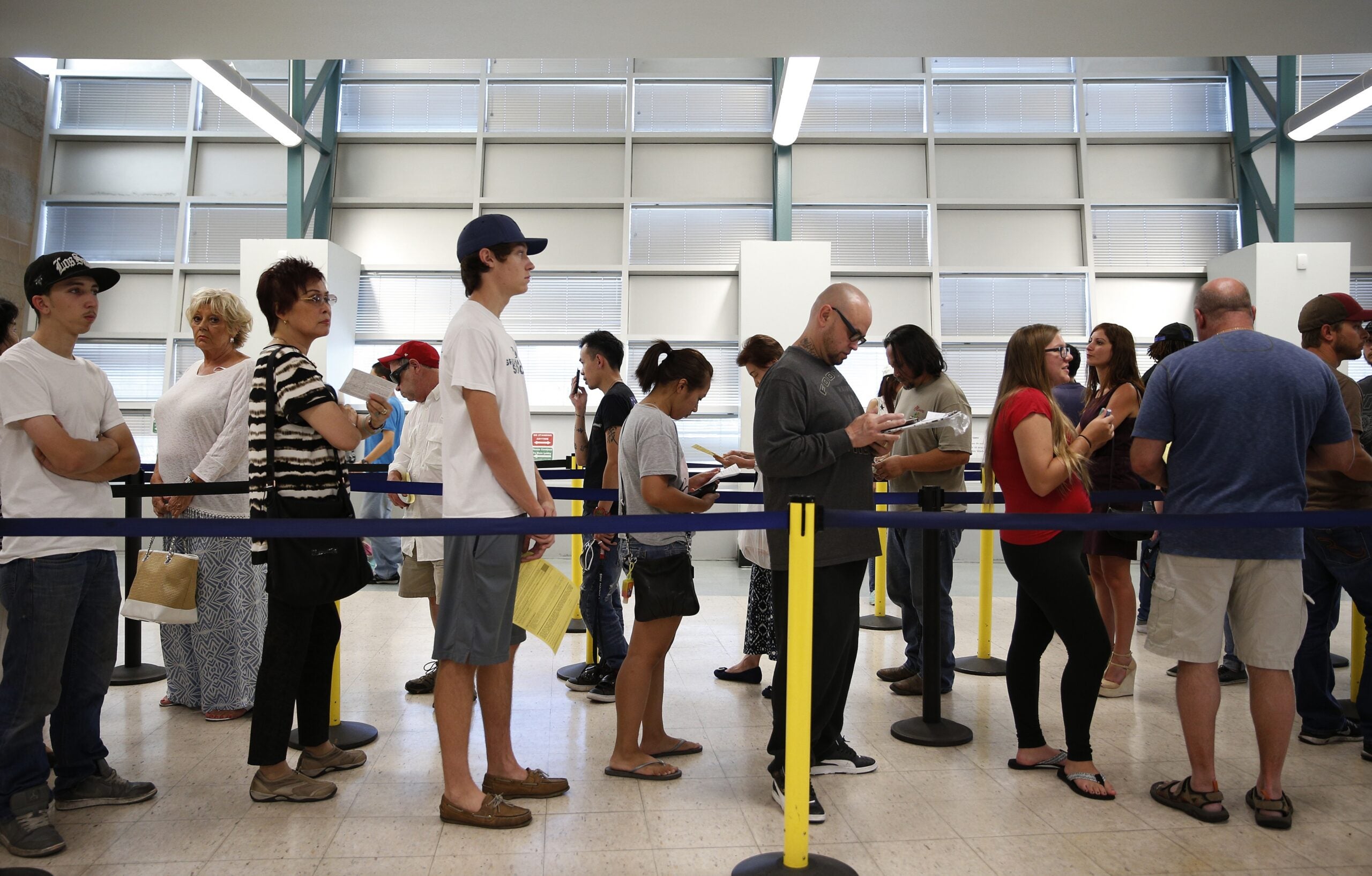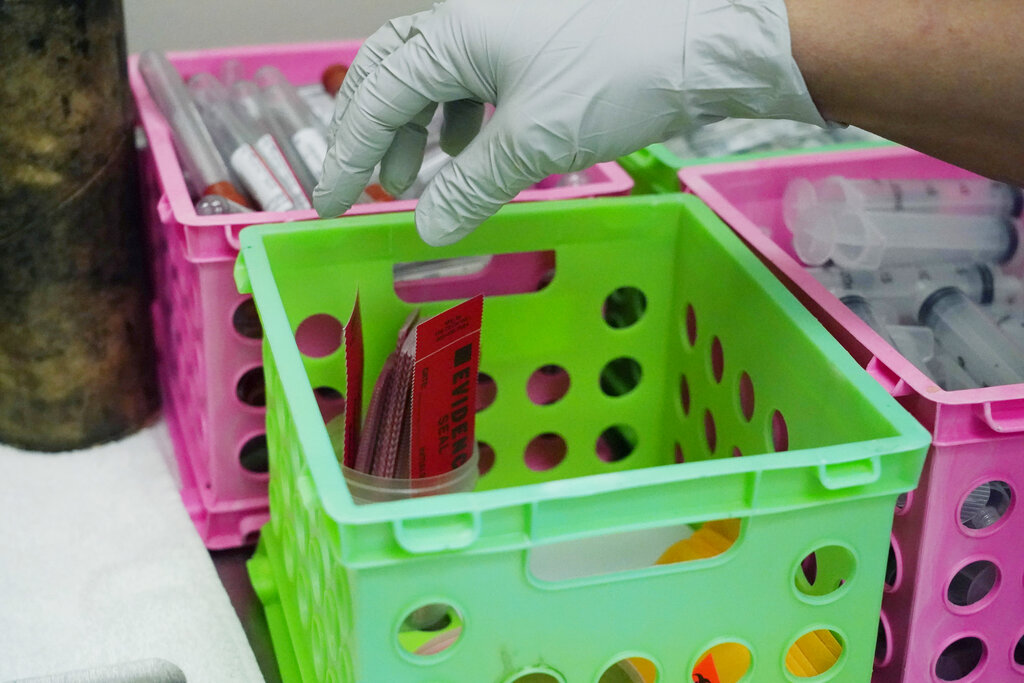Wait times for the Division of Motor Vehicles service centers fell short of goals in every quarter last year, prompting Gov. Tony Evers to call for making faster service a priority.
Krisitina Boardman, administrator of the DMV, recently spoke with Wisconsin Public Radio’s “The Morning Show” host Kate Archer Kent about what steps the agency is taking to improve the process.
The interview has been edited for brevity and clarity.
Stay informed on the latest news
Sign up for WPR’s email newsletter.
Kate Archer Kent: The DMV tracks customer wait times for service centers — as well as phone calls and now for email. The goal has been helping 80 percent of customers within 20 minutes at service centers. And the DMV has fallen short of this goal in each quarter last year.
How has the agency been doing so far this year?
Kristina Boardman: In the first quarter of 2019 I’m proud to say that 81.7 percent of our customers were served in 20 minutes or less. So starting off the year in the right direction.
KAK: What’s going on there?
KB: Well admittedly the first quarter we probably have reduced traffic just due to weather, but we have a lot of data that we’re working with, predictive analytics, trying to determine how many customers are going to be visiting each specific service center, what hour during the day. And we look at all that in advance, and making sure that we’re moving staff around the state so that we can appropriately respond.
KAK: So the DMV hasn’t hired more people, it’s basically looking at these analytics to be able to gauge demand.
KB: Absolutely. Our first priority is to get our customers to go online and take advantage of many of those services. In general, customers only really need to come to a service center once every eight years if they have a driver’s license to renew because all of our vehicle transactions can be done online.
But we know that some people need to come in and we want to make sure that we’re looking at that data so that we can appropriately respond and get people through that process very efficiently.
KAK: Moving on to phone calls, the DMV goal is answering 80 percent of calls within 3 minutes. How is it doing there?
KB: In 2019, right now we’re a little below the goal. We’re at 70 percent for that first quarter of 2019. We get about 1.1 million calls a year. So we have a little bit of work to do there, we have made some changes with our own center.
As of last July we have combined so that we have our communication centers handling both vehicles and drivers calls right out of the gate, rather than queing them separately. And we’re also putting increased emphasis on email because we know that people want answers in a timely manner.
KAK: What is the breakdown there, how many people rely on service centers or phones to get help rather than use the internet?
KB: In person, per year we see about 2 million customers. It can be about 165,000 a month. On the telephone we are talking to about 1.1 million, so half as many people are calling. Email were answering about 20,000 emails a month.
I don’t have the numbers specifically for internet. We do know that a lot of people are taking advantage of those services and it continues to grow. I think people just need to go to WisconsinDMV.gov first and just check to see if the service that they’re requiring is available online because if we have the statutory authority to do it, we’re going to make that available online so that can be most convenient for customers.
KAK: In March the governor ordered the Department of Transportation to put together a plan that would expand DMV service center hours with the goal of increasing access to voter registration and IDs. Can you give us an update on what’s going on there?
KB: Our report is due by the end of this calendar year so that we have a number of items that we’re looking at. We are looking at our in-person customer traffic on those weeks adjacent to elections in the past to determine where we may need to adjust or increase service center rates. We’re looking at all that data and we’re putting together a proposed report.
KAK: Do you think that you could handle expanded hours at this point?
KB: We do not have additional staff at this point so expanded hours are a tricky topic, but we will definitely look for what is available to us, whether it’s using overtime, etc., where those hours may most be needed.
We don’t want to increase hours just to increase them, but we are looking at the data to figure out where it most is needed, where customers have demonstrated that there’s increased demand and then we can respond accordingly.
Wisconsin Public Radio, © Copyright 2025, Board of Regents of the University of Wisconsin System and Wisconsin Educational Communications Board.





